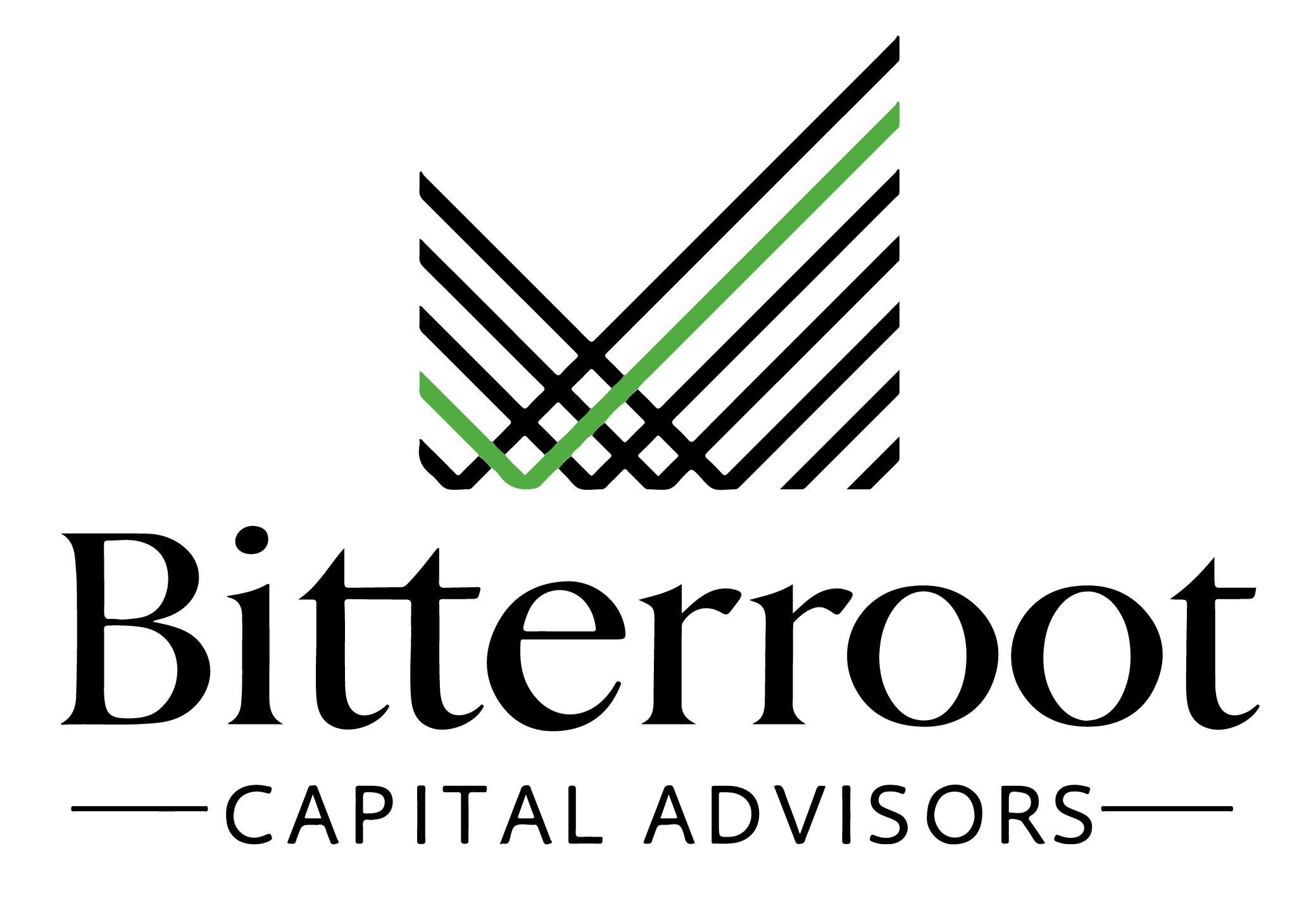
Capital Market Review
Gain insight into portfolio recommendations
Beyond simply providing a recap of recent history, our
quarterly reports provide our clients with insight into portfolio recommendations we make based on our perspectives on the risks and opportunities resulting from current market conditions. Also included is an update of our forward 7-year capital market assumptions with expected return for each asset class and sub-asset class.
– or click a specific topic on the right
Capital Markets
Q1 2023 saw strong US employment and economic data, which led to a spike in US Treasury yields. The collapse of Silicon Valley Bank and Signature Bank on March 10th altered investor expectations regarding interest rate trajectory and economic growth. The equity market has rallied since the SVB news as investors cheered prospects for a sooner-than-expected end to rate hikes followed by possible pivots to interest rate cuts.
We are incorporating these views into portfolio positioning by:
-
Cash management via allocation to short-term US Treasuries and US investment-grade bonds
-
Continued allocations to new private strategies especially private equity secondaries

Strategic Asset Allocation View
Expect mid-to-high single digit nominal pre-tax annual equity returns (6.5%-7.5%)
We continue to expect greater convergence between US and International equity market returns. While we expect quality and growth stocks to outperform value stocks over the forecast period, the rate of outperformance is likely to be lower than in recent years. We still anticipate significant volatility over the next 6-12 months as interest rates are yet to peak and many economic indicators appear to be slowing rapidly. However, inflation clearly seems to be in retreat and China’s reopening should lend support to global growth.
Asset Class: Strategic Outlook
Equities
Fixed Income
Alternatives, Private Equity & Real Estate
Inflation and Labor Markets
While inflation is decelerating, its pace of deceleration and ultimate trajectory remain highly uncertain.
Inflation data in the US has been mixed in 2023, with headline CPI declining on a YoY basis but core CPI remaining high. While leading indicators suggest decelerating inflation rates, the pace of deceleration and ultimate trajectory remain uncertain, with the Fed predicting higher short-term rates into 2024.
Macroeconomic Conditions
US economic growth is decelerating and may contract faster if regional bank lending slows significantly.
The ISM Manufacturing and Services Index surveys came in well lower than expected for March. Manufacturing has already been weak for several months (below 50 for the last four months), but the services growth slowdown was more unexpected (index reading of 51.2 vs. 55+ over the prior two months). Both manufacturing and services surveys showed developing weakness in new orders.
Shorter-term View
For the first time since 2021, risks regarding inflation vs economic growth appear two-sided
After a sharp rally to start the year, the trajectory of equity markets will be determined by a) path of interest rates, b) economic growth and outlook for corporate earnings and c) potential for large sustained financial system disruptions or “accidents”.
Equity Markets
Equity markets appreciated by 8.7% YTD through April 14th
Equity markets have appreciated YTD across all major regions, with growth stocks outperforming value stocks. Valuations are generally fairly valued to modestly overvalued relative to historical averages, but confidence in forward earnings is lower than normal due to high interest rates, inflation, and geopolitical tensions.
Fixed Income Markets
2-Year Treasury yields pulled back from 5.1% to 4.2%.
Safe fixed income (government bonds and corporate investment grade bonds) appreciated sharply YTD as interest rates swiftly declined during March. After interest rates peaked in early March following surprisingly robust US January employment figures and higher than expected inflation, rates swiftly declined throughout March following the collapse of SVB and Signature Bank on March 10th. These banking collapses triggered broader concerns surrounding the stability of US regional banks and the potential for pullbacks in credit and lending.
Alternatives and Private Investments
The HFRX Hedge Fund Index was flat during Q1 2023
Convertible arbitrage and credit strategies performed best in Q1 (+3.1% and +1.7%) while global macro / trend following strategies performed worst (-2.5%). Private real estate operating fundamentals are mixed in terms of operating fundamentals and transaction prices. On a YOY basis., multi-family new lease rents are still higher than in-place rents by mid-single digits.
Actionable Investment Opportunities
-
Public market high-yield bonds and leveraged loans
-
Public market high-yield bonds and leveraged loans
-
Private credit strategies are also highly appealing
-
New allocations to private equity are also becoming more interesting (especially across PE Secondaries)
special topic
US Bank Exposure to Commercial Real Estate
US regional and community banks’ exposure to commercial real estate (CRE) has come under scrutiny, with banks holding roughly 40% of the estimated $4.5 trillion of US CRE debt outstanding. $1.3 trillion of outstanding CRE debt is set to mature by year-end 2024, and there are concerns that properties in troubled sectors may not be able to refinance maturing debt, leading to defaults, while property values are beginning to decline.




